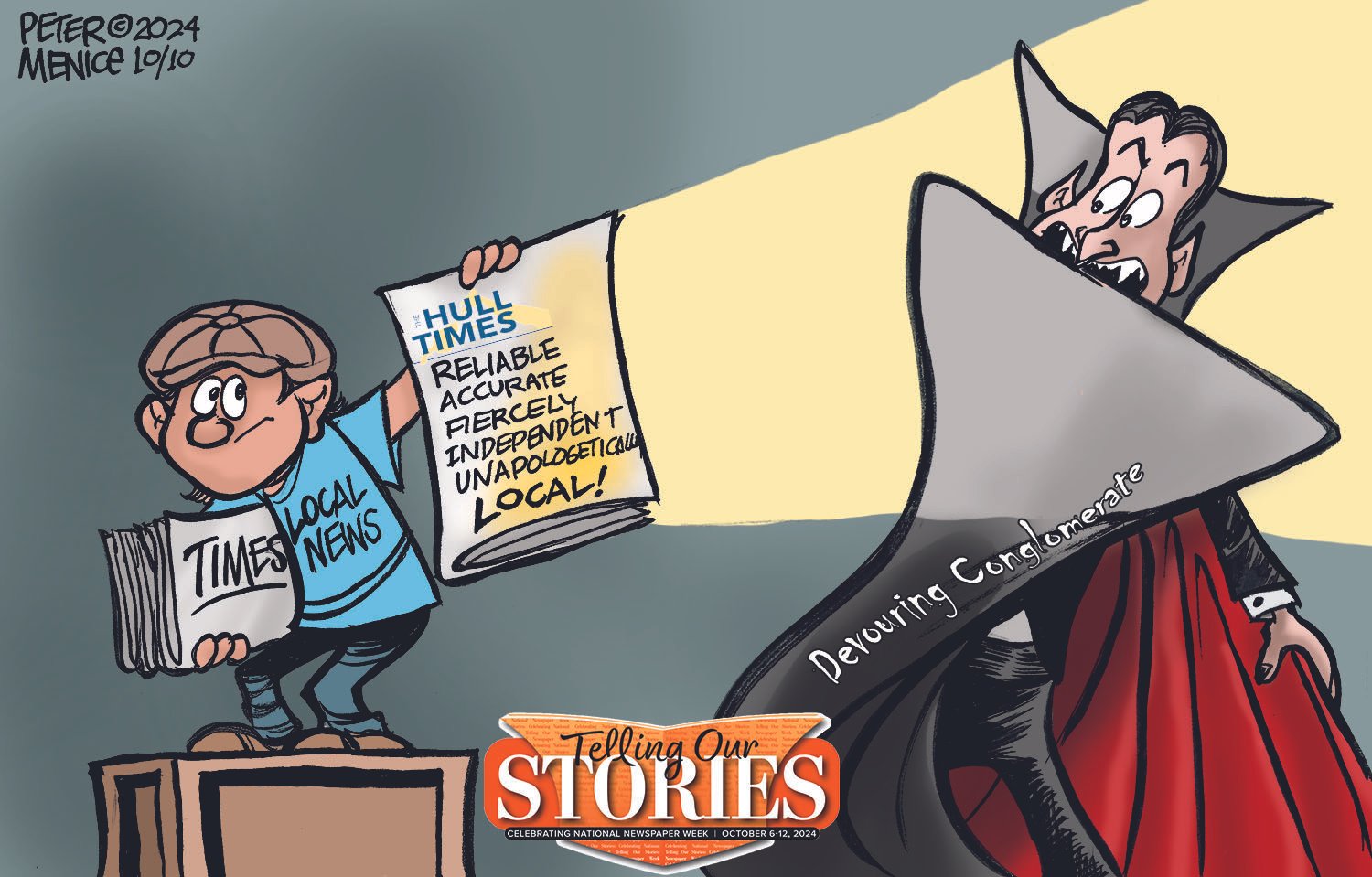However, during the two-and-a-half-hour meeting, which grew contentious at times, HRA members did agree to mark the cover page of the draft Urban Renewal Plan posted on the Authority’s website as “in progress” as of October 15 – the date of the meeting – rather than as a “public review draft” to allow time to review it page by page. Older versions of the plan, suggestions by members, and ideas submitted by the public will remain posted on hra02045.com.
Members voted unanimously to “initiate planning for option three of the draft URP,” which essentially means going back to the drawing board on a new proposal “to be fleshed out,” as described by HRA Chair Dennis Zaia.
This vote was timely because Zaia was scheduled to provide an update on the draft URP’s status on behalf of the entire board at a Department of Conservation and Recreation working group meeting Thursday morning. The DCR oversees Nantasket Beach and part of the surrounding area.
“I’ll ask the DCR to please disregard any previous versions at this time,” he said.
Click here for the HRA’s draft Urban Renewal Plan and related documents
Board ‘switching directions’
Member Joan Senatore noted that the makeup of the HRA had changed in recent years, while member Dan Kernan commented that the board “is switching directions.”
Facilitator Douglas Thompson, a senior mediator and University of Massachusetts at Boston professor, led the meeting, asking members if they agreed in at least some degree to consider Zaia’s earlier proposal to create a conference/community center on part of the property and some parking, leaving most of the land as “open space” – a term the board has not yet defined to everyone’s satisfaction.
All five members agreed to at least consider this option, with varying degrees of enthusiasm.
At one point, Thompson asked the board to engage in conversation with fellow members, “with fewer speeches.”
They also discussed the possibilities of including some affordable housing – with no consensus reached – and also of finding professionals to work with the HRA to create open space that would attract residents and visitors, with the benefit of being near what is considered to be one of the nicest parts of Nantasket Beach.
“Professionals could help us find funding and grants and work on the design,” Kernan said. “As soon as we admit we care about creating a coastal buffer zone and open space, it becomes attractive to people to work with us. I think the price will be reasonable, because this is a special place.”
Calling the location “magic,” Zaia said finding the right person to work with the HRA is important, as suggested by Kernan. “That becomes the draw.”
The redevelopment authority was formed in the 1960s under a federal program to revitalize urban and suburban neighborhoods. The HRA’s original footprint – designated Town Center No. 1 – encompasses the land between the beach and bay from Water Street to Phipps Street; at one time, the authority planned to expand its territory into three additional districts that stretched south toward Atlantic Hill.
Much of the HRA land has been vacant since the 1970s, when homes and businesses were taken by eminent domain by the authority and bulldozed, burned, or relocated in anticipation of development proposals that never materialized. The HRA has been working for the past several years to create a set of guidelines for future development.
A 2023 version of the URP envisioned several uses for the property, including a boutique hotel and buildings with ground-floor retail and residential units on the upper floors. For the property north of the DCR parking lot near Monument Square, options included affordable housing or beach parking and event space. The HRA stepped back from that plan and has embarked on the current process to rework the URP.
‘No financial burden should be placed on the town’
The board, while not in agreement about the economic piece of any reuse proposal, agreed that whatever decisions are made, “no financial burden should be placed on the town,” wording proposed by member Adrienne Paquin.
“We have a blank tapestry before us, and we need to find common ground on what we can put on the parcels we have and see what fits,” member Bartley Kelly said. “This is a beautiful property on the beach with views of the ocean and the bay.”
All members agree that a large portion of the property should remain as open space. Zaia explained that protecting open space is not his only priority but also making the property “vibrant.”
As was the case during the HRA’s October 8 meeting, much of the conversation revolved around the planned two-way road pattern, with Kelly expressing frustration when it was suggested that it might not be the best option after being in the planning stages for so long, and largely funded by grants.
Key to the process is “getting a sense of what the town wants to do. Whatever we [decide] doesn’t go anywhere without the select board’s approval,” Zaia said. “I want to move forward. The town has to be involved or this is just a colossal waste of time.”
At the end of the meeting, Zaia asked Thompson to share “parting messages” now that the fourth session had wrapped up.
Moving forward “based on the progress made this evening” was in part his response, in addition to suggesting the board “come up with a road map on how to pursue the option 3 draft URP process.”
As differences arise, which Thompson predicted would happen, board members can work together to resolve them, he said. “I’ll give more thought to it” and get back to the HRA.
Zaia said every agenda moving forward will include an item related to the draft URP option 3 process.
“I really admire the work you do as a volunteer board, and all the effort, hours, and passion,” Thompson said. “It’s very gratifying to witness.”
Zaia then expressed appreciation for the many citizens who have submitted suggestions and information “from actual research” through the HRA website, which are shared with all of its members.
The next HRA meetings are Mondays, November 4 and 18, both over Zoom at 7 p.m.
The replay of this week’s meeting will be available on Hull Community Television’s broadcast channels and on demand on hulltv.net.
Like what you’re reading? Stay informed with a Hull Times subscription by clicking here.
Do you have an opinion to share? Click here to write a Letter to the Editor.
© 2024 The Hull Times. All rights reserved.



























